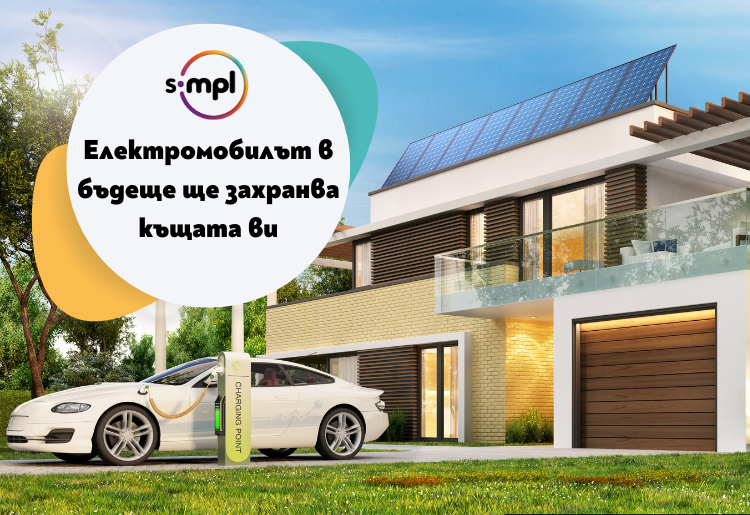
In times of increasing awareness about climate change and unsustainable resource use, electric cars have become one of the most promising alternatives to conventional fuel-powered vehicles. But what will happen when electric cars not only transport us from point A to point B but also have the ability to power our homes? In this article, we will explore the trends and innovations that suggest electric cars in the future could become a significant source of energy for our houses. How do electric vehicles contribute to creating a more eco-friendly energy system? The more electric vehicles on the roads, the better it is for the environment, but some households have found other applications for them. Theoretically, electric vehicles have batteries large enough to power a home for several days. Some experts have already estimated that the entire electricity needs of a country like the United Kingdom could be covered by 10 million electric vehicles. Experiments have shown that 10 Nissan Leafs can store as much energy as 1,000 households consume in one hour. But how is this technology used, and what else needs to happen for it to become a part of our daily lives? Bidirectional Charging With the increasing popularity of electric vehicles, innovations have emerged in recent years that transform their role from just a means of transportation to an energy storage system. These innovations are based on the concept of "Vehicle-to-Grid" (V2G), which means that electric vehicles can not only receive energy from the grid but also provide it back. This is achieved by installing special equipment in the electric vehicle, making it interconnected with the home's electrical system. The batteries that power vehicles like the Tesla Model S or Nissan Leaf, for example, can store 80-100 kWh of energy. One kWh is enough to power a refrigerator for five hours. As we all know, electric vehicles are equipped with lithium-ion batteries used for energy storage. There are times when electric vehicles are not in use, especially at night when their owners sleep. Instead of remaining idle, these batteries can be used for energy storage.
Where has it been used?
In 2011, the Nissan Leaf contributed to humanitarian aid after the earthquake and tsunami in Fukushima, Japan. The car batteries served as a temporary source of electricity for rescue teams and local residents without power. After Typhoon Faxai in 2019, the Nissan Leaf once again came to the rescue by providing power to homes for elderly people, childcare centers, and other essential services during power outages.
Although V2G is not a new concept, the technology is not yet widely adopted. However, this is starting to change.
What are the other advantages?
This "electric vehicle as an energy storage system" model has several important advantages. Firstly, it allows electric vehicle owners to use their vehicles not only for transportation but also as a source of energy for their homes. This can significantly reduce dependence on energy providers and even lower electricity costs.
Secondly, this model provides an opportunity to increase energy efficiency and reduce losses in the electrical grid. During peak load times when electricity is more expensive and challenging to deliver, electric vehicles can provide additional energy, helping balance the load on the grid. This can lead to more stable power supply and lower energy costs for consumers. For example, electric vehicle owners can earn money by selling energy back to the grid or simply by charging their electric vehicles at night when electricity is cheaper and using it to power their homes.
Thirdly, this model is extremely useful for utilizing renewable energy sources. The storage capacity of EV batteries can be used to make the entire energy system more ecological and sustainable by capturing excess solar and wind energy when it is generated and using it during periods of high demand. This is an important step in combating climate change and achieving a sustainable energy system.
Is this the future?
There is still work to be done to reduce the cost of bidirectional charging infrastructure and encourage more manufacturers to adopt this technology. With the growing popularity of electric vehicles and increasing awareness of climate change, integrating electric vehicles as energy reserves for our homes represents an important step towards sustainability and energy independence. This technology has the potential to transform how we produce, store, and utilize energy, creating a more sustainable and intelligent energy system.
